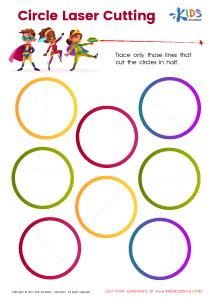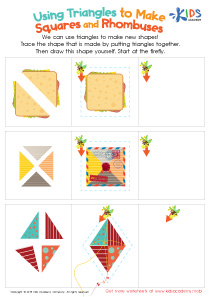Fine Motor Skills Normal 2D Shapes Worksheets for Ages 3-9
5 filtered results
-
From - To
Enhance your child's fine motor skills and shape recognition with our "Fine Motor Skills Normal 2D Shapes Worksheets" designed for ages 3-9. These engaging, printable worksheets from Kids Academy offer a range of activities that help children identify, trace, and draw standard 2D shapes like circles, squares, and triangles. Perfect for at-home learning or classroom use, each worksheet aims to improve hand-eye coordination, precision, and overall motor skills while fostering early math learning. Ideal for parents, teachers, and homeschoolers, our worksheets bring fun and educational content right to your fingertips. Visit our site to download today!


Preschool Geometry Match Up Worksheet


Learning to Draw Crescents And Triangles Worksheet
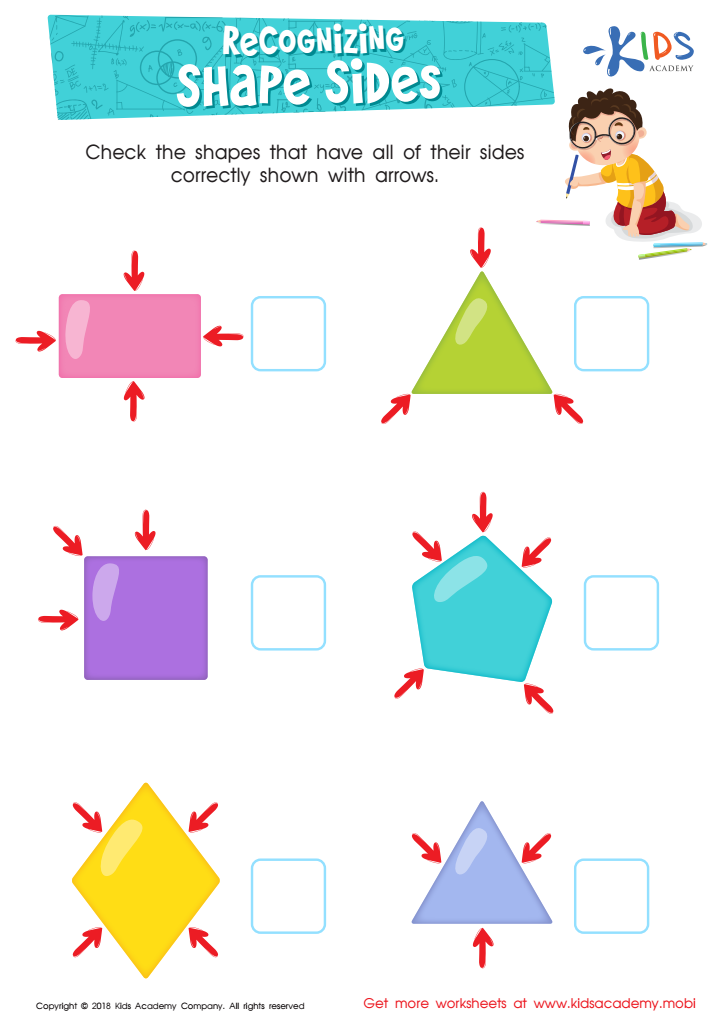

Recognizing Shape Sides Worksheet
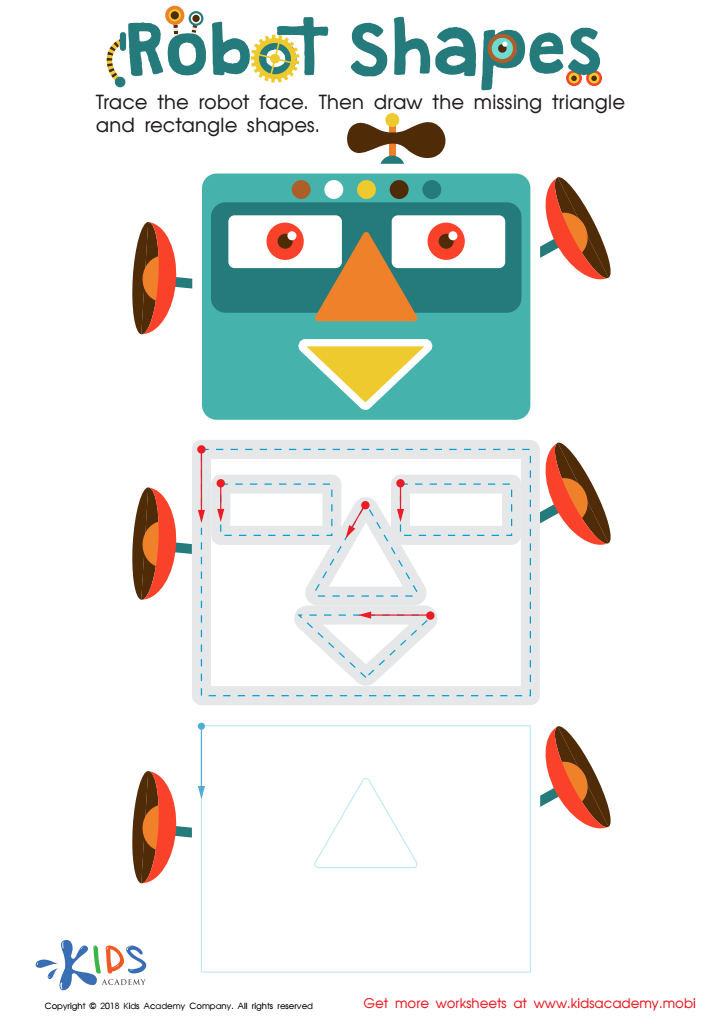

Robot Shapes Worksheet
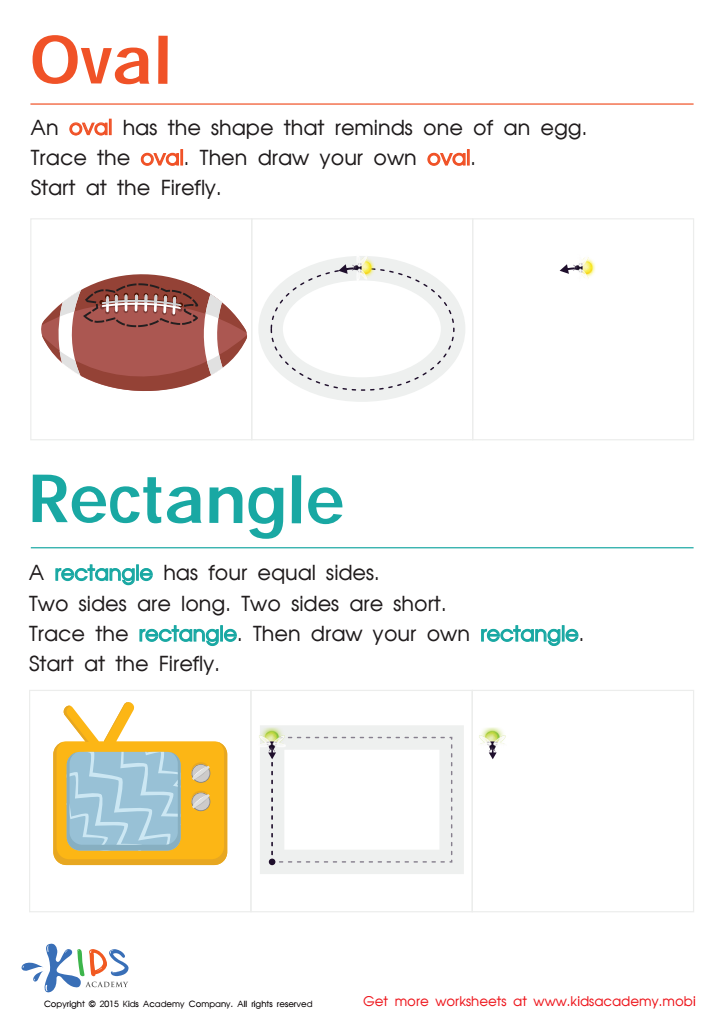

Easy Drawing of Ovals And Rectangles Worksheet
Fine motor skills development is crucial for children aged 3-9 and is closely linked with their interaction with normal 2D shapes. These skills involve the coordination of small muscles, particularly in the hands and fingers, and are essential for performing tasks such as writing, cutting, and manipulating small objects.
When children engage with 2D shapes, they are not just learning about circles, squares, and triangles. They are also refining their hand-eye coordination and dexterity. For instance, activities such as drawing, tracing, or cutting out shapes help strengthen their grip and control, laying the groundwork for writing skills necessary for academic success.
Moreover, understanding and identifying 2D shapes is a fundamental aspect of cognitive and spatial reasoning. Through these activities, children learn to recognize patterns, understand symmetry, and develop problem-solving skills. This is not only vital for mathematics but also for daily life tasks, such as reading maps or organizing items in a space.
Integrating these elements in playful or structured settings catches students' interest and makes learning enjoyable. Whether a parent at home or a teacher in the classroom, focusing on these developmental areas ensures a well-rounded foundation, fostering both fine motor skills and cognitive strategies imperative for future educational achievements.
 Assign to My Students
Assign to My Students











